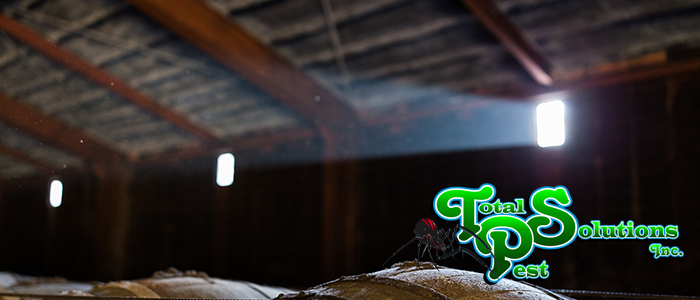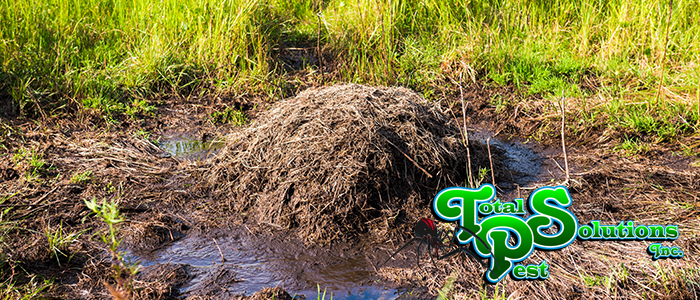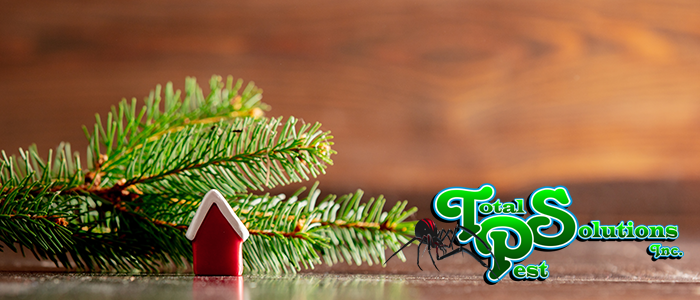Winter Pest Control: Is It Necessary?
Most people think that winter is the time of year when bugs go to sleep and they won’t have any pest control problems. But that’s simply incorrect – winter is the perfect time of year for pests of all kinds to be looking for somewhere safe and warm to make themselves at home with plenty of food, which means, winter pest control is absolutely a necessity.
For those of us who worry about our lawns, it’s also the perfect time of year to check for weeds and apply pre-emergent weed control so that when spring comes, the yard blooms immaculately.
Read on to check out just some of the pests you can expect to need to take care of in the winter and why you’ll want to keep your strategy and service regular.
Cockroaches
The “big bad” of the pest world with more than 70 species in the United States alone. Some prefer to stay outdoors but others might be packing their bags, ready to move in with you when the temperature gets a bit too chilly for them outside. Not only are these bugs gross, but they’re harmful to your health. They can cause asthma attacks through allergic reactions, as well as spread bacteria like salmonella and E. coli and contaminate your food with their secretions.
Some of the most common types of cockroaches to look out for:
- American Cockroaches – Also known as “palmetto bugs,” these are the largest of the cockroaches that infest homes. They can fly a short distance, and although they like living outside, they certainly aren’t opposed to coming indoors for food and water.
- Smokybrown Cockroaches – Always on the lookout for water and seeking protection from the elements, these roaches will gladly use your home for both.
- German Cockroaches – The species that “gives all other cockroaches a bad name,” these roaches move from room to room and lay eggs wherever they go. Just one female can give rise to tens of thousands of offspring.
- Asian Cockroaches – Often mistaken for the German Cockroach, but are much better at flying.
Termites
These wood-chewing pests come in over 1,800 varieties, with 185 of those formally considered as pests, and can be a very costly problem to have. Termites feed on wood, including that which foundations and support beams are made of. Though they become less active in the winter, that isn’t necessarily the case in warmer states like Florida. It also is not unusual for termite colonies to winter away in nice, warm homes.
Some warning signs of termite infestation include:
- Swarms of flying insects near light fixtures, which may be termites in their reproductive stage.
- Small piles of wood-colored, ridged droppings.
- Shed wings that look like tiny fish scales.
- Mud-like tunnels coming from the ground; particularly if you destroy them and they are rebuilt.
- Holes in wood like walls and furniture; especially if there seems to be soil near the holes.
- Swollen walls, ceilings, and floors that may look water-damaged or have a moldy smell.
Rodents and Winter Pest Control Conclusion
According to the National Pest Management Association, almost half of all rodent issues occur during the fall and winter as rats and mice move indoors where it’s warm. Rodents are known to spread diseases, including several serious ones, so it’s important to take care of them before they cause trouble.
To help prevent rodent infestation, seal entry points with silicone caulk, even if they’re small, and pay special attention to your home’s utilities and pipes. For larger holes, use steel wool. Be sure to also check vents, crawl spaces, chimney openings, and your attic, and replace any worn-out screens or weather strips… Or contact an expert pest control team like us at Total Pest Solutions.
continue reading
Related Posts
Davenport’s Overwintering Pest Threats: Attic and Garage Solutions As temperatures
Auburndale’s Fire Ant Mounds: Post-Rain Repair Strategies Auburndale, Florida, like
Pre-Holiday Pest Inspections in Lakeland: Safeguarding Seasonal Decor As the






